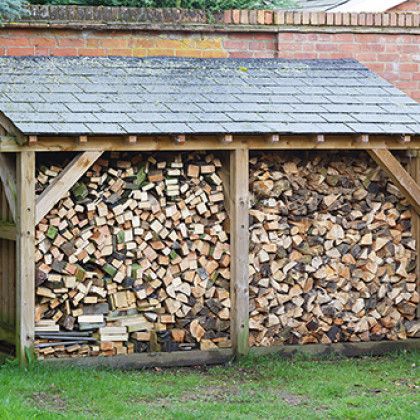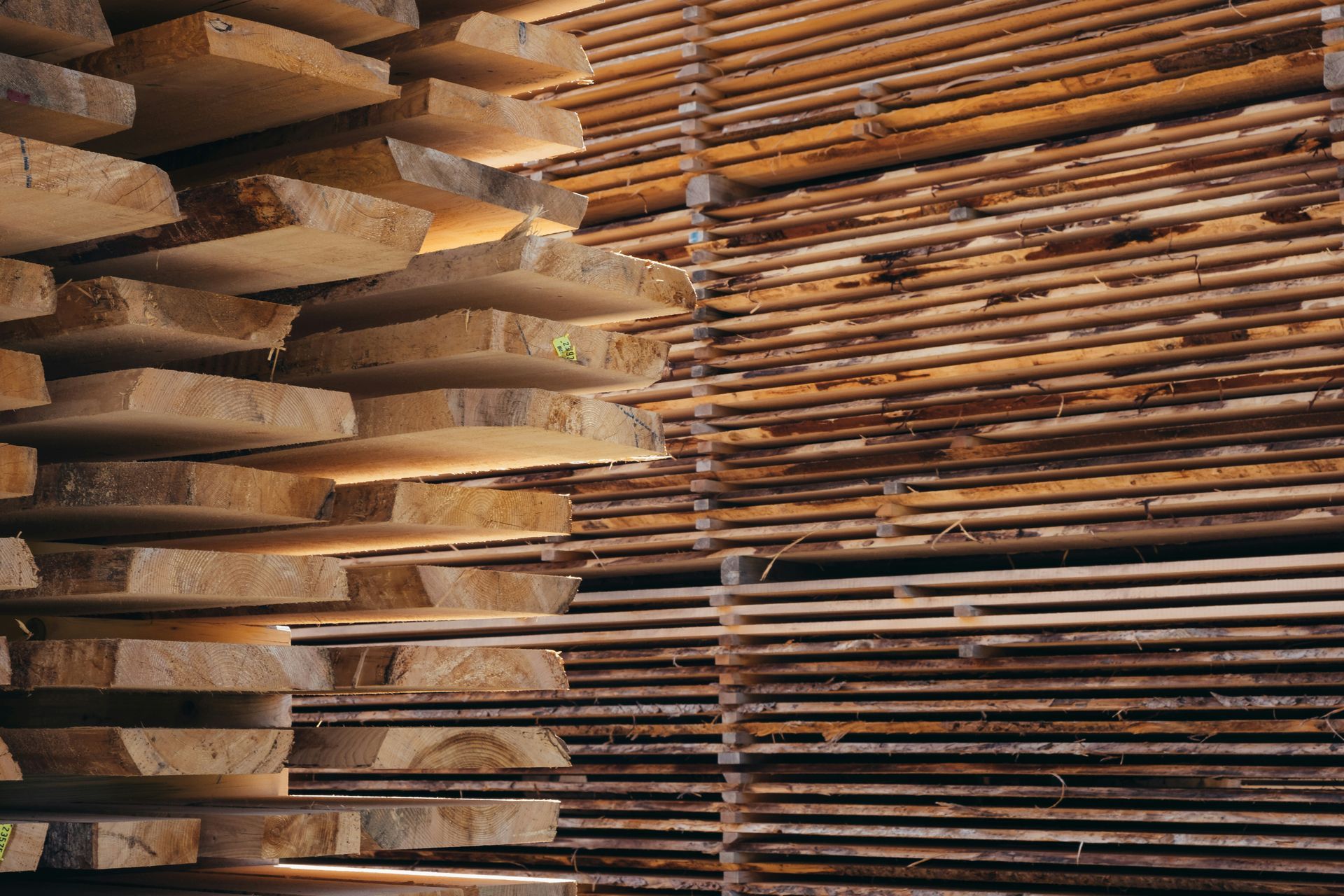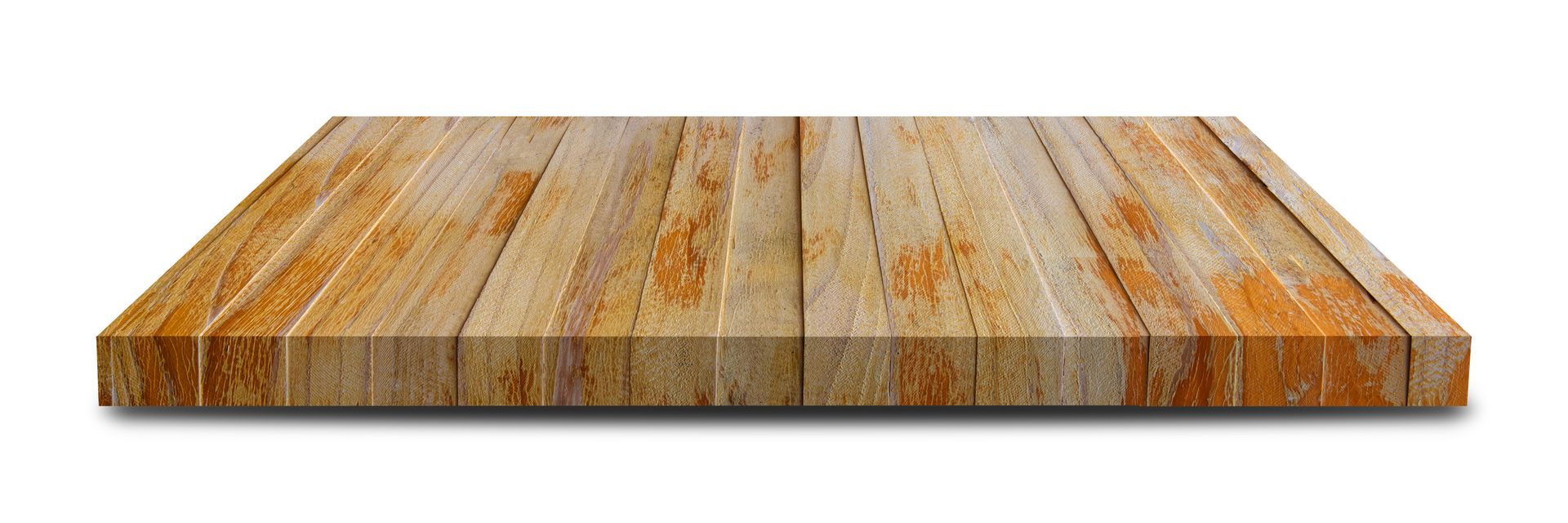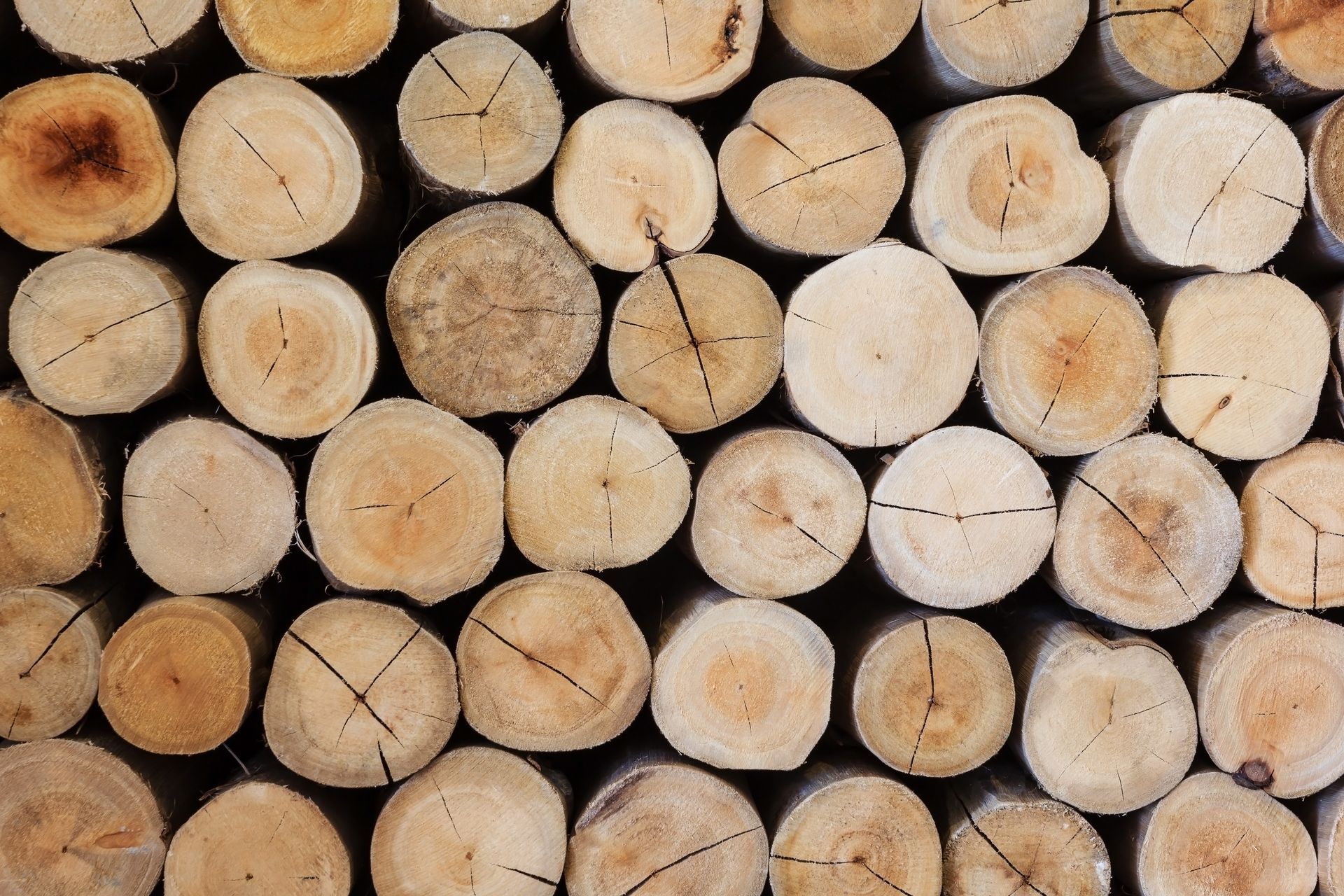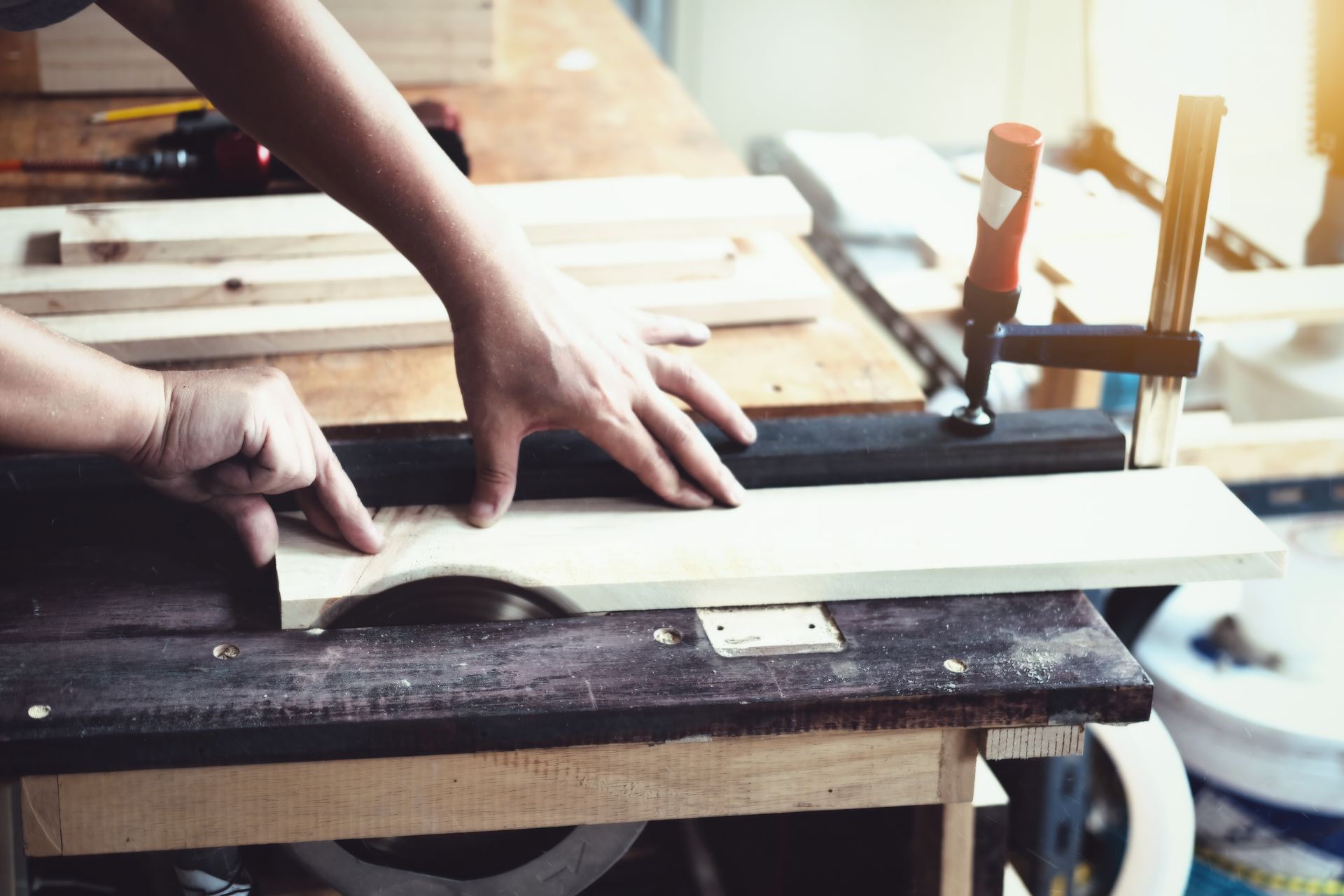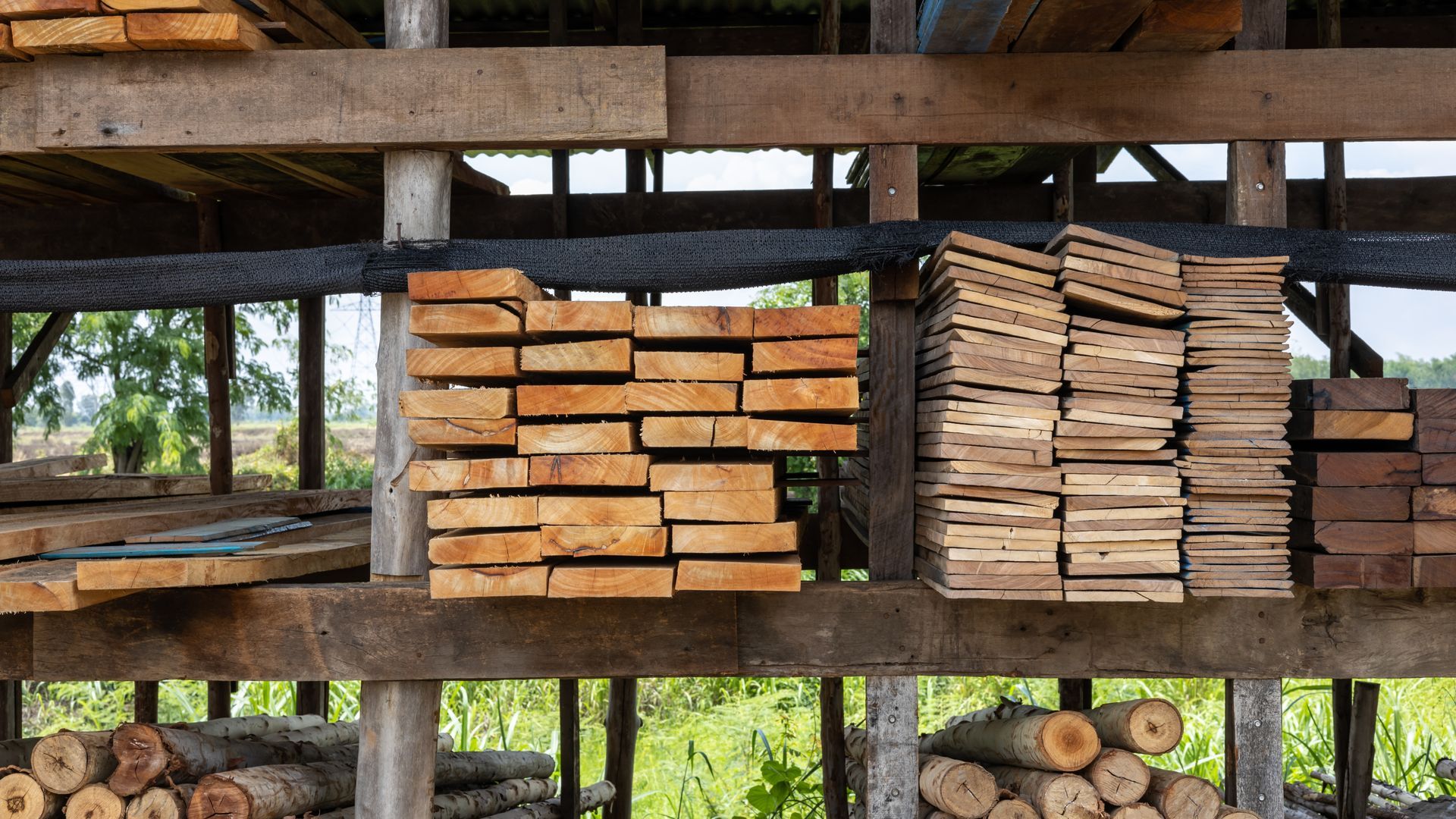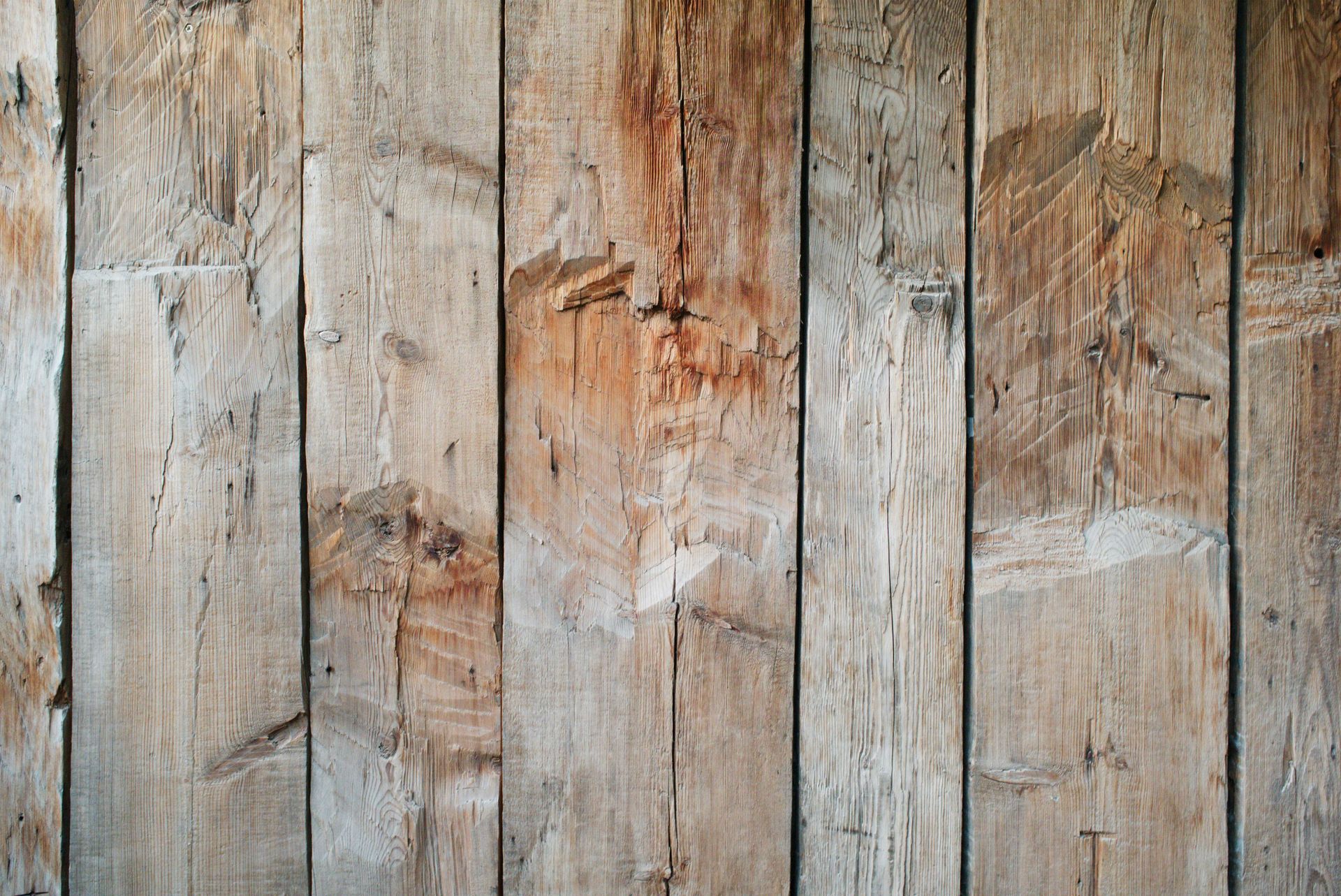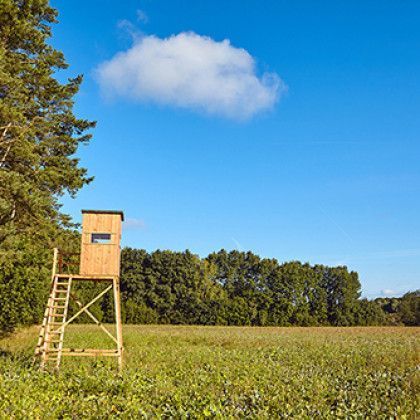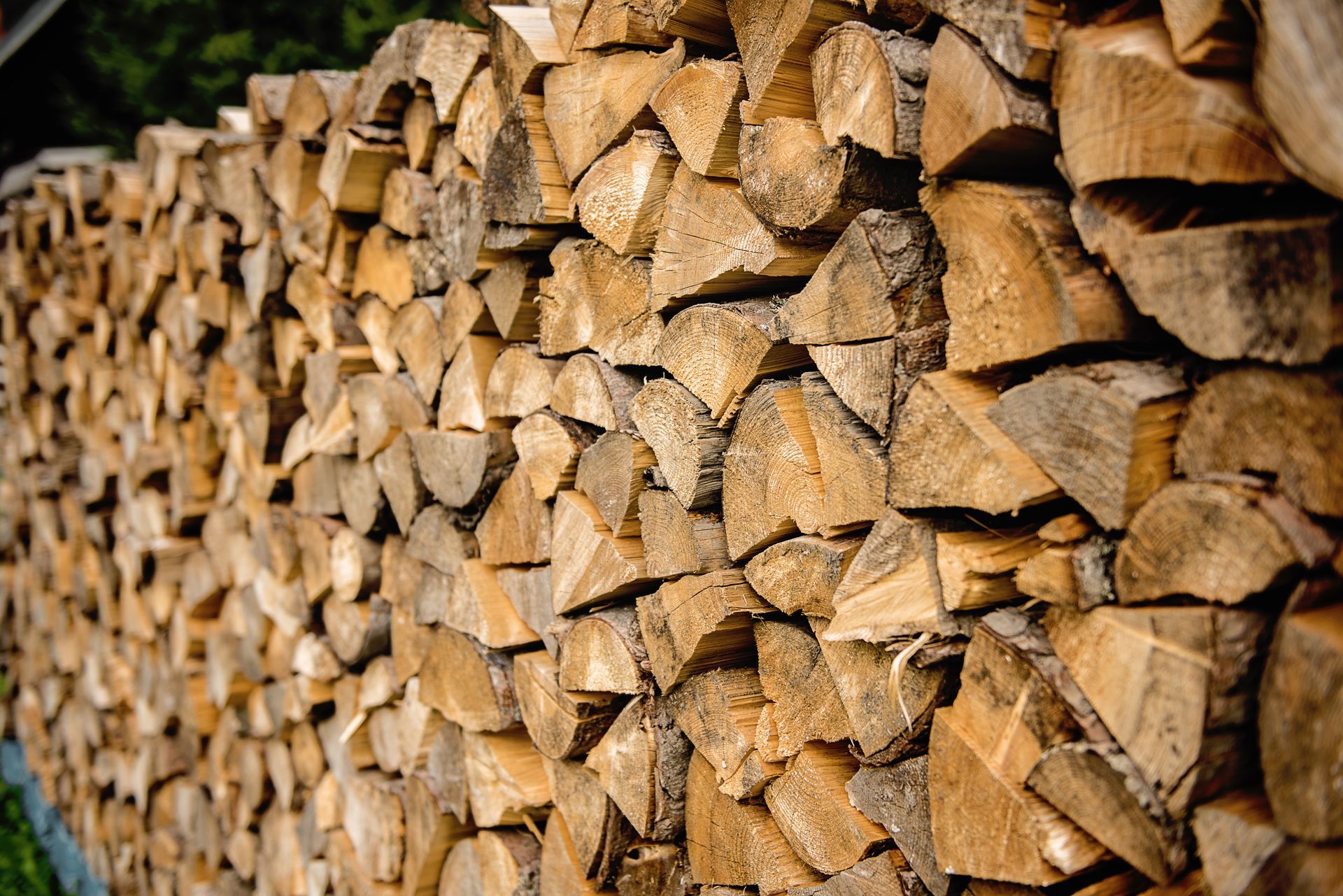Maintaining the Natural Beauty: Tips for Finishing and Preserving Your Rough-Sawn Lumber Project
Rough-sawn lumber brings a rustic charm and natural beauty to any project, whether you're building a cabin, a shed, or a piece of furniture. At
Potterville Sawmill, located in Charlotte, MI, we pride ourselves on providing top-quality rough-sawn lumber for all your building needs. In this guide, we’ll cover essential tips for finishing and preserving your rough-sawn lumber project to ensure it remains beautiful and durable for years to come.
City skyline
Understanding the Unique Qualities of Rough-Sawn Lumber
Rough-sawn lumber has a unique, rugged appearance due to its textured surface, which is not smoothed down by planing. This texture can add a lot of character to your project, but it also means that the wood requires special care during finishing and preservation.
Why Rough-Sawn Lumber?
Rough-sawn lumber is often preferred for its aesthetic appeal and structural integrity. The rough texture can enhance the rustic look of cabins, sheds, and furniture, making it a popular choice for those who love a natural, unpolished finish. Additionally, rough-sawn lumber retains more of its original thickness, which can contribute to its strength and durability.
Preparing Your Rough-Sawn Lumber for Finishing
Before applying any finish to rough-sawn lumber, it's essential to prepare the wood properly. Proper preparation will ensure that the finish adheres well and protects the wood effectively.
Cleaning the Surface
Begin by cleaning the rough-sawn lumber to remove any dirt, dust, or debris. This cleaning can be achieved with either a stiff brush for a more gentle approach or a pressure washer for a more powerful clean. If using a pressure washer, be careful not to damage the wood's surface with too high of a pressure setting.
Sanding
While one of the appeals of rough-sawn lumber is its texture, lightly sanding the wood can help create a more even surface for finishing. Use a coarse-grit sandpaper (60-80 grit) to lightly sand the surface, being careful not to remove too much of the texture that gives the wood its character.
Choosing the Right Finish for Rough-Sawn Lumber
The finish you choose for your rough-sawn lumber will depend on the desired look and the level of protection you need. Here are some popular options:
Oil-Based Finishes
Oil-based finishes, such as tung oil or linseed oil, penetrate deep into the wood, providing a natural look while enhancing the grain. These finishes are excellent for preserving the natural beauty of rough-sawn lumber and providing protection from moisture.
Water-Based Finishes
Water-based finishes are an environmentally friendly option that dries quickly and provides a clear, non-yellowing coat. They are great for interior projects where you want to maintain the wood's natural color.
Stains and Sealers
Stains can add color to your rough-sawn lumber, enhancing its appearance while providing some level of protection. Sealers, on the other hand, are designed to protect the wood from moisture and UV damage. You can find products that combine both staining and sealing properties for a convenient solution.
Applying the Finish: Tips and Techniques
Applying a finish to rough-sawn lumber requires some special techniques to ensure even coverage and protection.
Brushing
A high-quality brush is often the best tool for applying finishes to rough-sawn lumber. Brushes can work the finish into the wood's textured surface, ensuring thorough coverage. Apply the finish in the direction of the grain and use long, even strokes.
Spraying
For large projects, using a spray gun can save time and provide an even coat. However, be sure to practice proper spraying techniques to avoid drips and uneven coverage. Spraying is especially useful for applying sealers to exterior projects.
Multiple Coats
Rough-sawn lumber may require multiple coats of finish to achieve the desired level of protection. Let each coat dry thoroughly before adding another. Lightly sand between coats with fine-grit sandpaper (220 grit) to ensure a smooth, even finish.
Long-Term Preservation of Rough-Sawn Lumber
To keep your rough-sawn lumber project looking its best for years to come, regular maintenance and care are essential.
Regular Cleaning
Keep your rough-sawn lumber clean by regularly dusting or brushing off dirt and debris. For exterior projects, use a gentle cleanser and a soft brush to remove any buildup of grime.
Inspecting for Damage
Periodically inspect your rough-sawn lumber for signs of damage, such as cracks, splits, or signs of insect infestation. Early detection and repair can prevent minor issues from becoming major problems.
Reapplying Finish
Depending on the finish used and the exposure to the elements, you may need to reapply the finish every few years. Follow the manufacturer’s recommendations for reapplication intervals and methods to ensure continuous protection.
Contact Potterville Sawmill Today!
At
Potterville Sawmill, we understand the importance of maintaining the natural beauty of rough-sawn lumber. Our team is dedicated to helping you choose the right materials and finishes for your project. If you have any questions or need assistance with your rough-sawn lumber project, don't hesitate to contact us at
(517) 231-7436. We're here to help you every step of the way. We specialize in
rough-sawn sheds,
custom lumber,
deer blinds, and
firewood.
FAQs
What is rough-sawn lumber?
Rough-sawn lumber is wood that is cut into planks or boards directly from the log without being smoothed by planing. It retains a textured surface that adds rustic charm and character to projects.
How do I clean rough-sawn lumber before finishing?
You can clean rough-sawn lumber using a stiff brush or a pressure washer on a low setting to remove dirt, dust, and debris. Be cautious with the pressure washer to avoid damaging the wood's surface.
What type of finish is best for rough-sawn lumber?
The best finish depends on your project and desired look. Oil-based finishes enhance the wood's natural grain and provide deep protection, while water-based finishes are clear and environmentally friendly. Stains and sealers offer color and protection.
How often should I reapply finish to my rough-sawn lumber project?
Reapplication frequency depends on the type of finish and exposure to elements. Generally, exterior projects may need reapplication every 2-3 years, while interior projects can go longer. Follow the manufacturer's guidelines for best results.
Can I use rough-sawn lumber for outdoor projects?
Yes, rough-sawn lumber is suitable for outdoor projects like sheds, decks, and cabins. Ensure you use a durable finish to protect the wood from moisture, UV rays, and other environmental factors.
